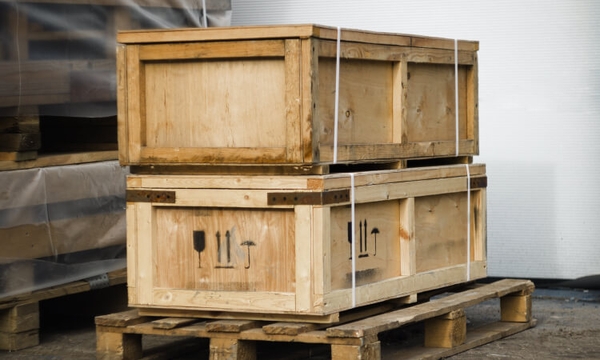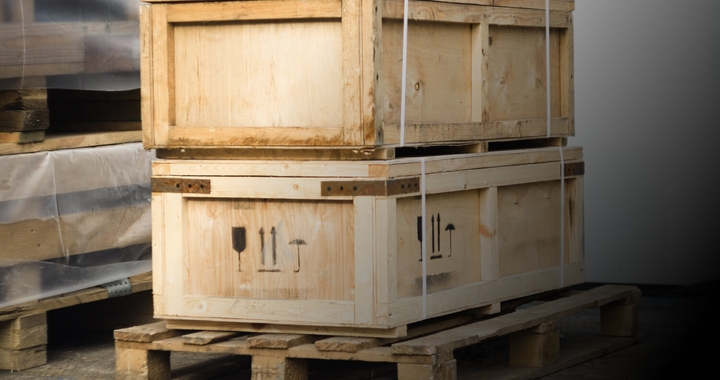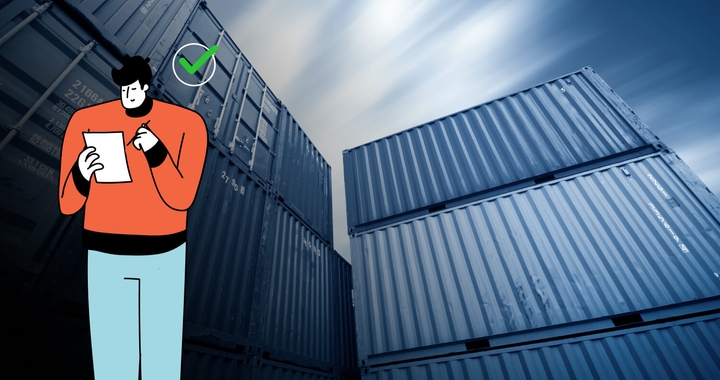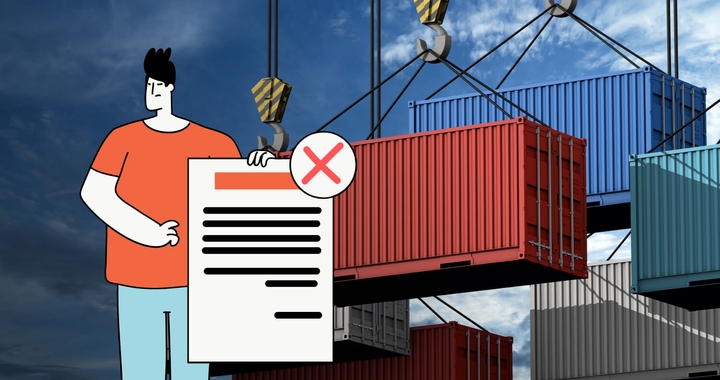Break Bulk

Break Bulk Shipping

What does a shipper do if their goods are too big or heavy to fly as air freight or ship by the ocean in a container? And what if they want to ship goods to a port that doesn’t have container-handling facilities? Break bulk ocean shipping is often the answer.
What is Break Bulk?
Break bulk is any freight that’s loaded directly onto the deck of a shipping vessel, either loose, on pallets, or in bags, barrels, boxes, crates, or drums. The cargo is not containerized. Nor is it liquid or dry bulk.
Often, items that are too big, heavy, awkwardly shaped, or dangerous to ship in an aircraft or a standard shipping container are referred to as break bulk. So too items that are shipped on small vessels with no containers, or to ports that don’t handle containerized freight.
The term ‘break bulk’ is sometimes referred to as:
- Project cargo
- Out of gauge shipping (OOG)
- Heavy-lift shipping
The above terms, however, tend only to be applied for heavy or oversized freight shipped in a break bulk configuration.
Where Does the Term Break Bulk Cargo Come From?
The term originates from the older phrase ‘breaking bulk’ which refers to the start of the unloading process, or the unloading of part of a ship’s total cargo.
What is The Difference Between Bulk Cargo and Break Bulk Cargo?
Shippers often confuse the meaning behind bulk and break bulk cargo, or think they both refer to the same thing. However, there’s a significant difference between the two methods of carriage :
Bulk cargo concerns dry freight such as grain, coal, and iron ore, which is loaded directly into the hold of a cargo vessel. It is not packaged or wrapped in any way.
Break bulk cargo comprises freight that is not containerized. Instead, it is loaded on the deck, under the deck, or between the decks of a cargo vessel on pallets, in bags, drums, or other forms.
Break Bulk—Not to Be Confused With Break-of-Bulk Point
Also sometimes called a break-in-bulk point, this is the port or airport where freight switches from one mode of transit to another. So freight could arrive in port by a cargo vessel and be transported from that break of bulk point to its destination by road.
Which Goods Are Commonly Shipped As Break Bulk?
Any goods that aren’t containerized, and don’t comprise liquid or dry bulk materials are classed as ocean break bulk. Often, but not always, these goods are exceptionally heavy, large, or awkwardly shaped goods such as:
- Steel girders
- Wind turbines
- Generators
- Wood
- Transformers
- Construction equipment, including cranes
- Ship propellers
- Motor vehicles
- Boats
Hazardous materials can also be shipped as break bulk, as this allows them to ship separately from other goods. Of course, in many cases, the same safeguard can be achieved by shipping them in dedicated containers.
The Benefits of Break Bulk Shipping

The main advantages of shipping freight as break bulk are as follows:
- Goods don’t have to be dismantled/deconstructed before export. They can be shipped complete, in their original state.
- Break bulk shipping can make the transportation of large or heavy goods more affordable. The deconstruction of goods for transportation in separate containers can be expensive and delay the delivery of such goods. Break bulk shipping overcomes such problems.
- Little or no consolidation or deconsolidation is required, saving time.
- Break bulk can be loaded and unloaded at almost any port in the world. Some ports don’t have the facilities required to receive containers, but most can handle break bulk.
- The vessel delivering break bulk goods is likely to have all the equipment required to load and discharge the freight, including heavy-lift cranes. There’s no need for a mobile or on-shore crane and no need to wait for these to become available to load or offload the goods.
- Less paperwork – with containerized goods, especially LCL, each container has several bills of lading. With break bulk, there’s just one bill of lading for the shipment, potentially saving time and hassle.
Drawbacks of Break Bulk Shipping

Break bulk has some drawbacks to be aware of and taken into account during shipment planning. The following characteristics might limit its appeal to shippers, although in some cases, it will be the only possible option :
- It can be more expensive than container shipping—extra large or very heavy goods tend to take up more space on a cargo vessel—and space costs money. Also, awkwardly shaped freight might not lend itself to efficient stacking, leading to higher space requirements.
- Break bulk shipping is labor-intensive—some break bulk shipments require the skills of more port staff to load and offload the goods than containerized freight.
- Special equipment is often required to load/unload vessels carrying break bulk cargo.
- Storage can be difficult for some break bulk freight, which might need to be housed in special warehouses before and after transportation.
- Safety issues can arise, as large, heavy, and awkwardly-shaped goods need to be bagged, strapped, bundled, or secured in some way for their journey. This can be a dangerous process for the people securing the load and can expose freight to the risk of damage.
- Additional planning may be required—the feasibility of safely shipping cumbersome goods may take several weeks or even months of preparation.
How is Break Bulk Shipping Loaded onto Vessels?
Usually, a ship that’s able to transport break bulk will have high-capacity deck cranes and other equipment. These enable the vessel to load, stow, and unload heavy and oversized consignments.
In some cases, break bulk freight is rolled on and off a vessel, instead of being handled by a crane. This rolling process is often abbreviated as RO/RO (roll-on, roll-off). The cargo might be secured to wheeled handling equipment, such as a trailer, so it can be driven on and off the vessel.
Can’t Ship Using A Container? Think Break Bulk
There are many reasons why shippers may want or have to ship their goods as break bulk. Perhaps because of their size, weight, or shape. Or because the chosen port of origin and/or arrival does not handle containers. Either way, break bulk offers a convenient alternative to get non-containerized freight to its destination.


